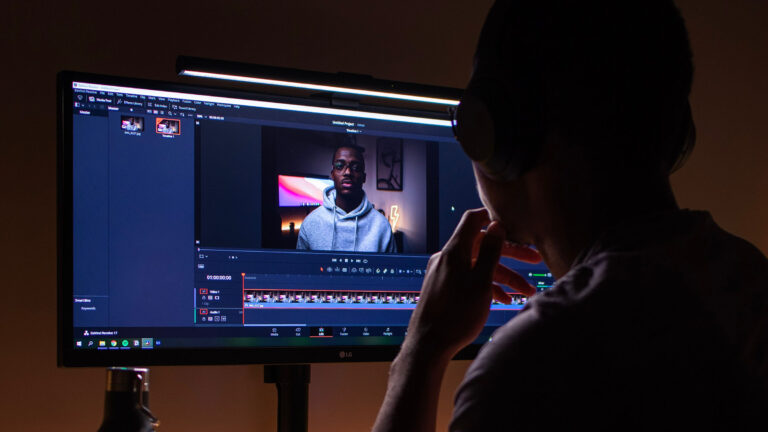In the world of making movies, everybody has a job to do, from the set painters to the guys who design the main title sequence. When every one of those people does their absolute best, they can create magic.
But even though everyone has a focused job, the process will be that much smoother if they can communicate with each other. The screenwriter who knows a little bit about sound design or the assistant director who understands what goes into making a costume can contribute far more – and is far more valuable – than someone with only one skill. In the chain of movie-making, an editor who understands the basics of VFX is a much stronger and more essential link.
That’s the advice John Wick: Chapter 2 editor Evan Schiff has for those who cut the movies: do your homework — not just for your own job, but also for the jobs around yours. Learn as much as you can about the other pieces of the puzzle so that you can help them out and contribute to the whole. Evan’s experience shows that if you take the time to familiarize yourself with other parts of the filmmaking process, it will pay off down the line.

Evan has an impressive set of credits: Mission Impossible – Ghost Protocol, Star Trek: Into Darkness, Hellboy II: The Golden Army, Pan’s Labyrinth, Star Wars: The Force Awakens, and most recently (as lead editor), John Wick: Chapter 2. He worked his way up from assistant editor to lead editor, picking up skills along the way. He has written for the Avid blog and extensively on his own site. And he’s built tools that dozens of other editors find indispensable to their workflow.
One of the big challenges that Evan had to overcome in his transition from assistant to lead editor is the huge disparity in the skills needed. Assistant editing tends to be very much about technical, organizational work, while lead editors cut together actual footage. Basically, anything that’s technical goes to the assistant, while the lead editor focuses on the creative stuff.
There are plenty of upsides to this arrangement, but the major downside is that the assistant editor doesn’t often get to practice putting a movie (or even a sequence) together. Evan ran into this problem when he tried to make the jump to lead editor. Being an assistant just didn’t give him the experience he needed to advance to the next level.

“If you’ve been an assistant for years and never actually edited anything – just done a really good job of syncing dailies and doing turnovers and making sure that everything was fine technically – you may be in trouble when you want to advance. Someone’s going to call your lead editor and ask, “How do you like working with Evan? What do you think of his ability to gauge story and timing and rhythm and all those things?” And your lead editor might say, “You know, he never really did anything like that for me. He’s a great assistant editor, though.” That recommendation, while good, isn’t the best it could be.”
That’s why Evan has always appreciated the times he was able to assist the lead editor with a creative task. When he was an assistant on M:I4, working under Paul Hirsch, he had a chance to do a re-cut on one of the phone booth scenes. Hirsch was busy with new footage, so Evan’s version of the scene lived in the timeline all the way to the director’s cut, when director Brad Bird went through and made final adjustments. But those chances to stretch his creative muscles were few and far between. Evan’s regular day-to-day duties just didn’t give him the skills he needed to land a lead editor position.
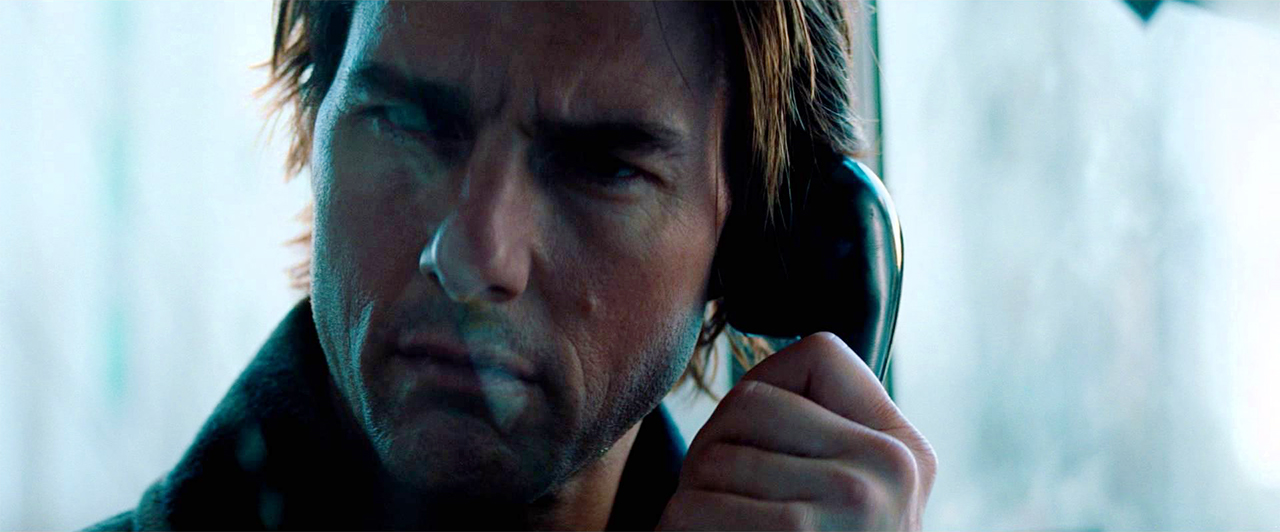
Evan’s strategy was to leave the big-budget studio world and focus on independent features, where he could work as a lead editor. In that role, he shone partly because of his willingness to learn. His innate curiosity led him to amass a larger and more diverse skill set than most editors, which has paid off tremendously over the years. (The critical and box-office success of John Wick: Chapter 2 is a solid argument in his favor.)
On big studio films, the editorial team tends to be separated into specialized roles, but on smaller independent films, you have to be able to handle more on your own. There are no universal rules, but flexibility tends to pay off.
Here are a few key elements that contributed to Evan’s success.
Don’t Be Afraid to Try New Things
“One of the things that have really helped me in my career is my inability to say no,” Evan says. There is no job so obscure that he’s not interested in giving it a shot. He is a pro at tinkering with a new program for a few hours until he understands the basics. To take just one example, Evan did an animatic edit for Edgar Wright’s Baby Driver… even though he had never worked with animatics before. The animatic edit was a critical part of pre-production on Baby Driver, since it allowed all the department heads to see how Wright wanted car chase sequences to unfold and helped the crew plan complicated stunts. Evan’s eagerness to hone new skills gave him the opportunity to contribute a key element of pre-production.
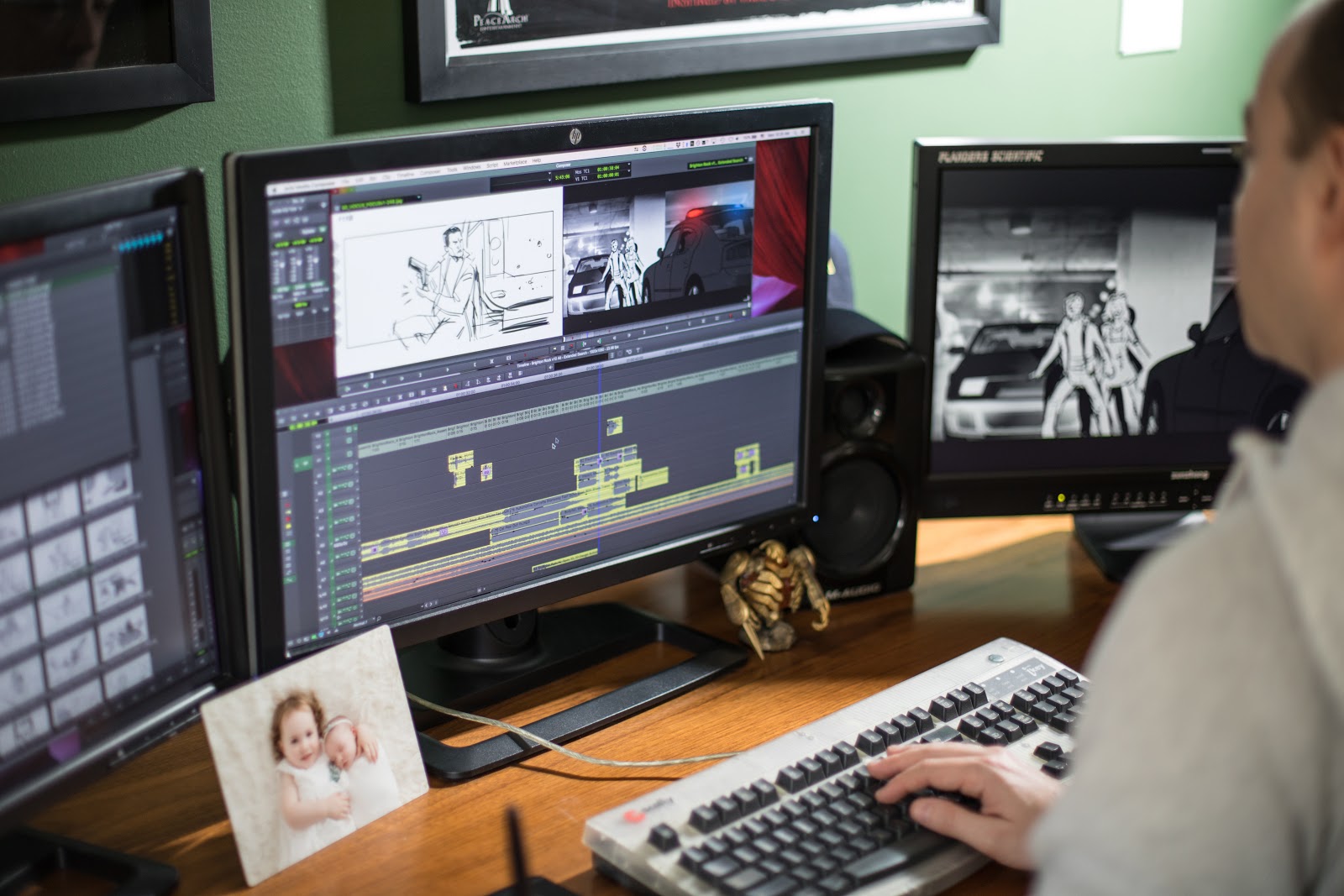
“Be open to trying new things. It’s okay to say, ‘This is a new experience for me and I don’t really know how to do it, but I’m gonna say I can handle it and figure it out as I go.’ Sometimes taking that risk is a big help for other departments down the line because you end up learning a skill you wouldn’t have learned otherwise if you were more closed off to those opportunities.”
Evan’s wide variety of skills comes from years of jumping into projects with both feet. And it helps that Evan is willing to ask questions about any process he doesn’t understand. It’s always better to ask what seems like a stupid question now than be confused forever.
Tip number one: look for opportunities to learn and grow. They are out there.
Perhaps you’re a wizard in your NLE and are used to handing off any complex titles to a motion graphics artist. Try asking your mograph guru to show you around After Effects or Motion, and next time a simpler task comes up, take a stab yourself. The internet is brimming with free resources to teach motion graphics. You might just find that you really enjoy it.
Always be open to opportunities to learn new skills. It might not feel comfortable, but that’s how you know that you’re growing.

Take the Time to Understand Other Departments
An editor who is always learning has another advantage: knowledge of other departments.
Evan’s knowledge of other departments’ terminology and workflow is a very valuable asset as an editor. Not only does this shared knowledge make everyone’s job easier, it establishes trust. An editor who has taken the time to learn the lingo of the sound designer or visual effects artist is going to have an easier time communicating with them. That trust that you build is invaluable, both in helping the current project go smoothly and in pushing your career forward later on.
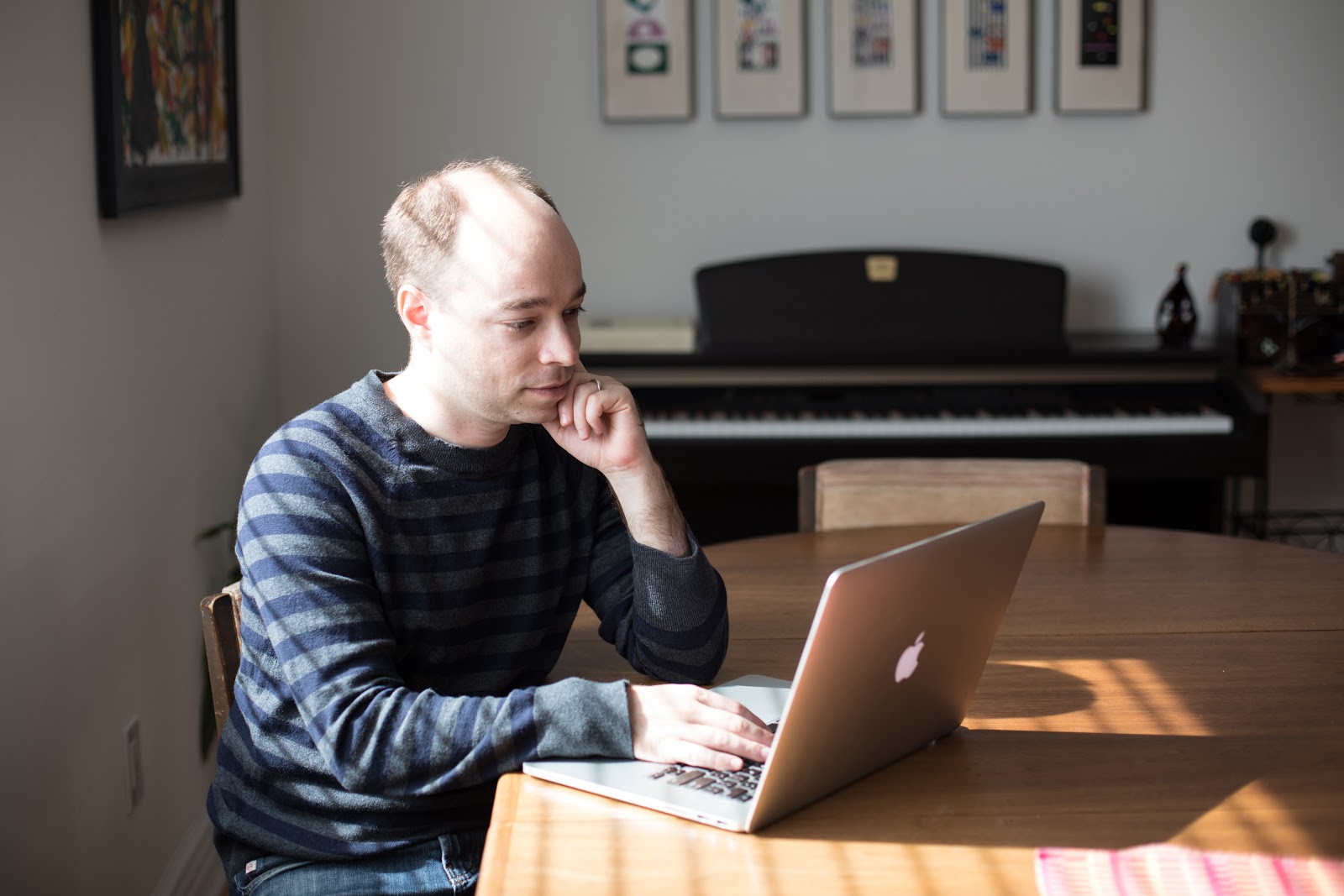
“If you use the right terminology, if you understand how the process works, if you understand the needs and concerns of other departments, then you know how long a particular request will take or how difficult something is and you can gauge whether or not it’s a request worth making.
“Knowing what is going to go into somebody else’s job when I send something down the pipeline helps me manage the whole process better. It helps me communicate better and then I get better results.”
Speaking the same language puts them on the same page, which speeds things up and usually makes for a better movie.
You don’t have to be an expert in every field to communicate well with other departments. The only thing that’s absolutely necessary is an appreciation of the work. The movies of Guillermo Del Toro, whose film The Shape of Water just won the Academy Award for Best Picture, always contain staggeringly beautiful makeup and costume design, in part because Del Toro is himself an amateur makeup artist. His love for art pumps into every part of his films. The beautiful results speak for themselves.
To take one more example, the famous British director David Lean began his career as a film editor. In fact, in the 1930s, he was the most highly paid film editor working in Britain. Throughout his career as a director, he continued to be fascinated by the art of editing, and the movies he made contain some of the most memorable cuts in cinema, such as the cut from T. E. Lawrence blowing out a match to the sun rising over a desert. Lean’s knowledge of editing helped him during production as he picked his shots and directed his actors. Again, the results speak for themselves. Experience in one aspect of movie-making carries over into the rest.
Evan Schiff has varying degrees of experience or training in everything from visual effects to playing the piano. He can talk chord changes with the composer or music editor, then turn around and talk shop with a VFX vendor.
“On a technical level, if you’re dealing with a visual effects vendor, and you understand what it takes to create a shot, and what is a hard shot and what is not a hard shot, and the processes that they’re using behind the scenes to return shots to you, you can have a better conversation with those vendors in terms of giving them notes when they send you a version that isn’t quite what you’re looking for.”

For example, let’s say that you’d like to have the painting on a wall replaced. The amount of work required can vary drastically. If the camera is moving relatively slowly, either parallel to the wall or perpendicular to it, with no one walking in front of the wall, that’s probably very simple 2D track and replacement. You can probably have a rough draft done in 10 minutes.
If, on the other hand, you’re working with a handheld camera that moves around and views the wall from various angles, you’re probably going to need to do a much more sophisticated 3D camera track. If someone walks in front of the wall, that probably means some rotoscoping. If that person has long, wispy hair, the job just got a whole lot harder.
You don’t need to be a VFX wizard in order to know the difference. All it takes is a bit of curiosity, and a willingness to experiment.
The ability to jump from one role to another is even more important these days, as more and more editors are being asked to assemble a first cut that feels like a finished film (with sound, music, and everything else). Sometimes, screenings are played directly out of the Avid mix, so the editor needs to know how to handle sound levels for auditorium speakers.
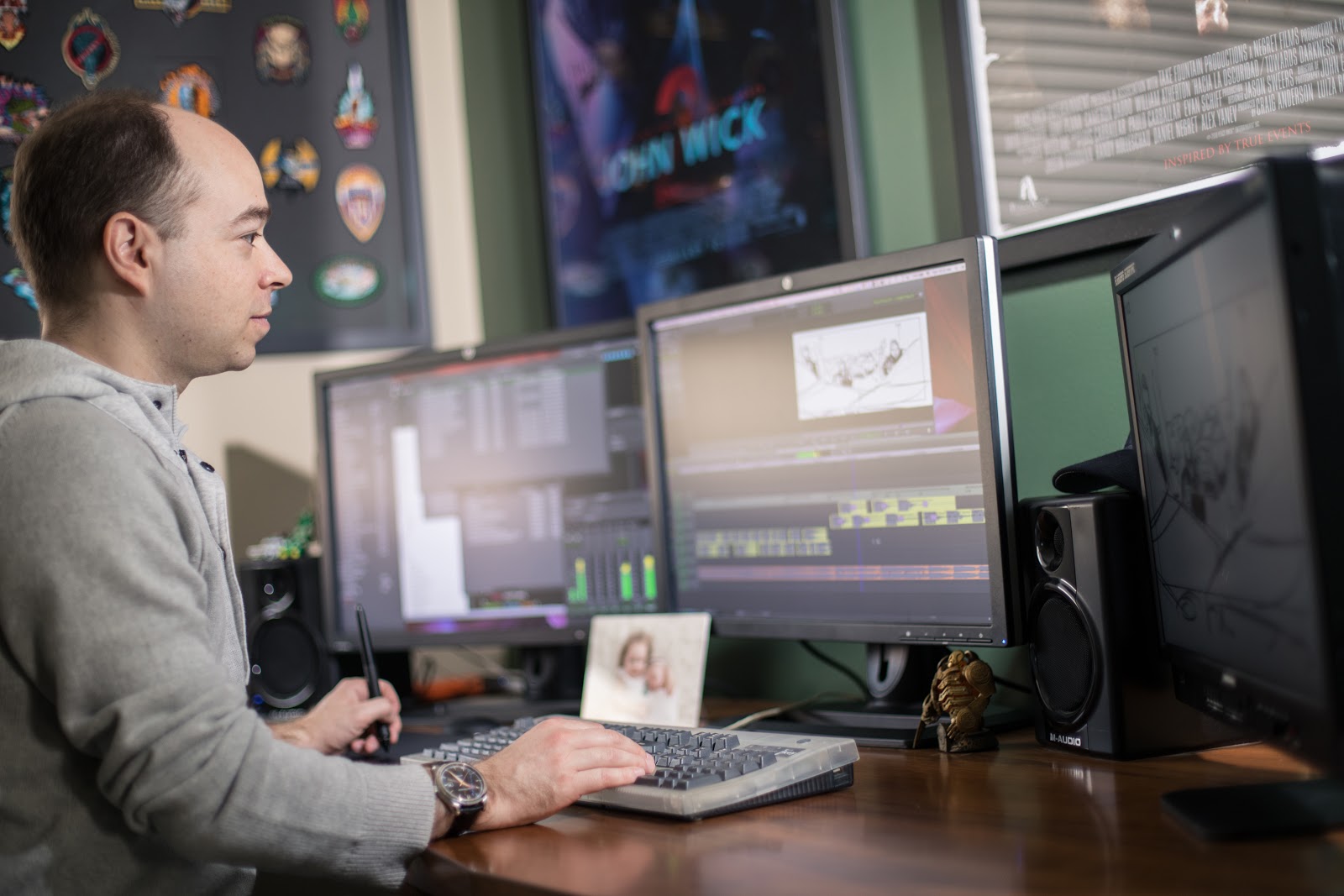
A few years ago, Evan had the opportunity to work on Star Trek: Into Darkness during the editorial process to create temporary 5.1 surround mixes. This was the perfect opportunity for him to get to dive deep into the sound editing and mixing process, which is less common for picture editors.
“Having 4 people dedicated solely to a temp mix is not normal, but it allowed JJ to have more time to edit and to be able to have a screening at the drop of a hat. So because I was solely focused on sound for the first time in my career, I was able to spend all of my time learning to make a proper sound mix, and the amount of work we did absolutely saved time for the real sound team since we were able to tinker with certain sound ideas well in advance of the real sound team starting, so that by the time they did start we already had sound concepts that JJ approved of.
“The experience and knowledge that I got from working with those guys was invaluable later on in my career when I would go on to an independent film. I could do a real sound mix, I could make sure my dialogue was intelligible.” Every director appreciates a first assembly that looks and sounds like a real movie. Thanks to his experience working with sound designers and others, Evan was able to deliver.
The main takeaway? Be prepared. The more you know, the better off you’ll be. Also, consider those downstream from you. Do what you can to make their lives easier.
But how do you learn VFX without getting a gig on a Star Trek movie? How do you teach yourself about all the different parts of filmmaking? First of all, the internet holds a glorious bounty of resources. To start with, sites like VideoCopilot.net, Lynda.com, and YouTube all have dozens of great video tutorials.
But the best way to learn is to through trial and error, by working on a project and facing challenges as they come up. Evan got his “baptism by fire” by working on independent films, where he was often the resident expert, meaning that if he didn’t know the answer to a question, he’d better figure it out quick. If independent films aren’t an option for you, try making a 3-minute short film of your own, or take an existing scene and mix it up. Pack it with special effects or go wild with the sound design. You will learn a lot from the process.
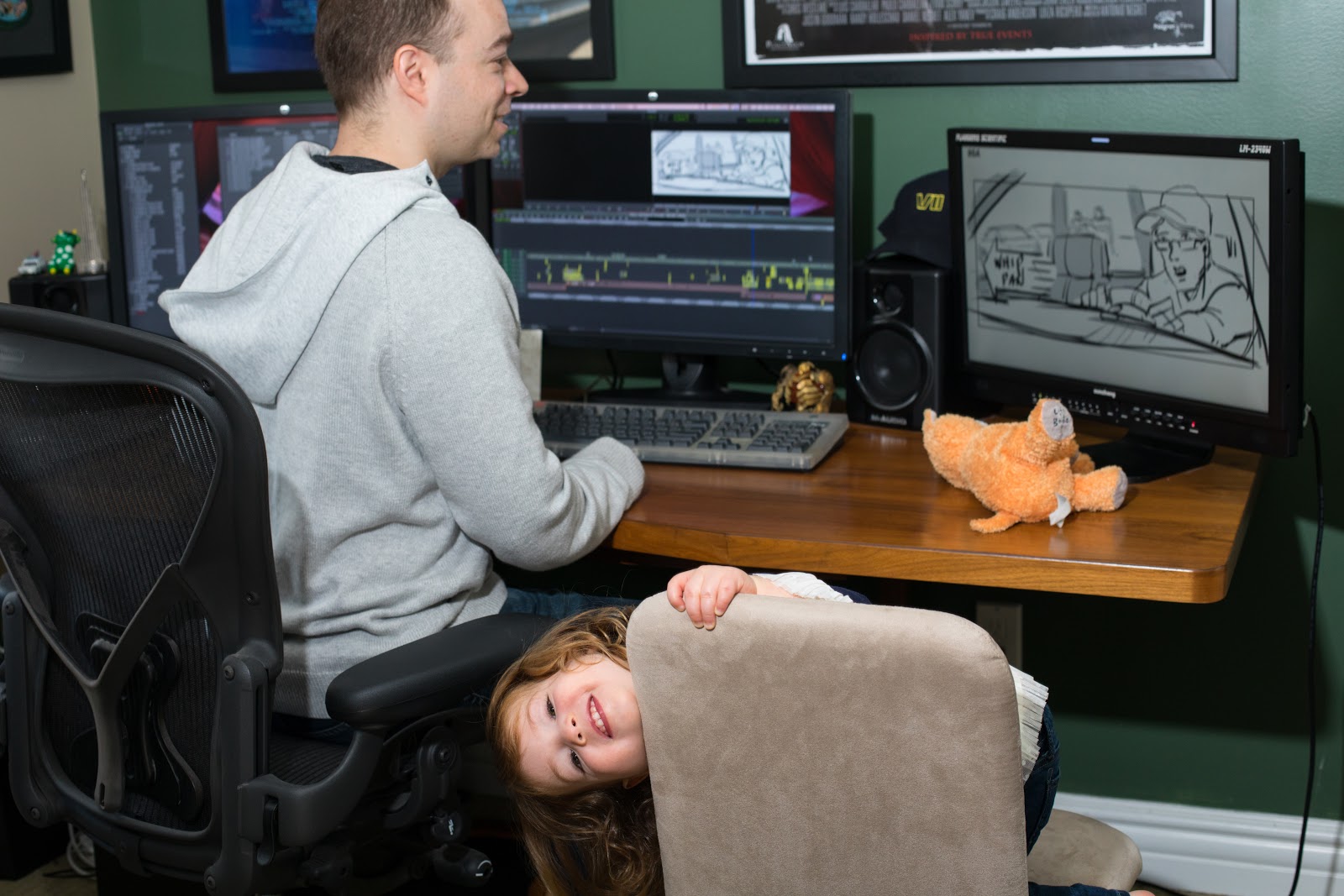
Develop Tangential Skills
A lot of Evan’s special skills come down to a basic knowledge of coding. So much of editing is pure organization, which is the kind of work a computer is great at. Knowing how to code can save you tons of busywork in the end.
When working on M:I-4, Evan noticed the VFX editor had created an EDL-to-SubCap workflow to tag every shot that would contain visual effects with an onscreen burn so you could see it during playback. Evan thought this was cool, and wanted to make it publicly available for anyone to use. He created an online EDL-to-SubCap converter that takes marker text and turns it into titles that appear in the letterbox. “Every week I hear from people who use that,” he says. “That is something that took me a day or two to cook up and to make available on the internet, and it saves literally hours.”
A little bit of coding will go a long way toward making you an indispensable editor. For example, from his years as an assistant, Evan knew how much time assistant editors spend tagging and cataloging footage. With a simple script, Evan automated that process, saving tons of time and leaving his assistants free to do creative work. Why waste valuable time and energy on mindless, repetitive tasks? An editor who knows how to code can think their way around time-consuming problems. “I want anything that can be automated to actually be automated,” Evan says. “So my assistants can do things that require their creativity more and their attention more.”
Evan has made several of his apps available for free, including one that locates missing media files for Pro Tools automatically. Anyone can download these apps and use them. Not only is Evan saving time for other editors down the road, his habit is a great argument for the importance of learning to code. There are dozens and dozens of miniature chores out there, waiting to be automated. Evan has built tools for some of them, and done it cheaply and easily. How easy would it be for you to teach yourself to code and build a couple more?
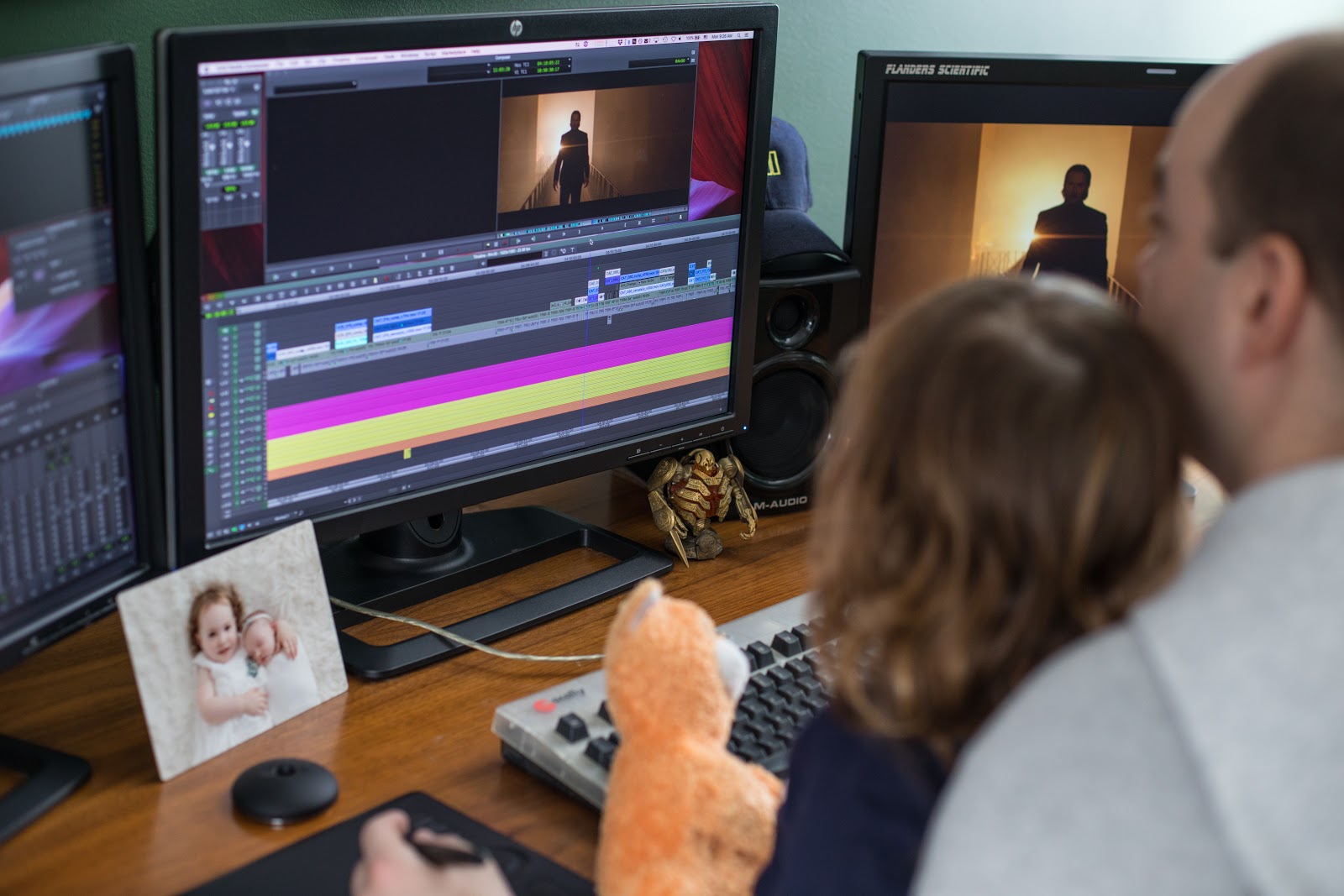
“You don’t have to be a star programmer to make programming useful for your everyday life. You can pick up a few basic concepts and that will save you hours of time. So the return on a little bit of learning will pay off dividends in the long run.”
As the industry changes, Evan hopes that automation (coding) can help assistants get in the room with their editors, learning about the actual creative process.
“PluralEyes and Final Cut X have some great metadata managing features, but I would love to see more features that really automate the process, that “just work.” I’d really like to see that because I wish that assistants could spend more time in the room with their editors, commenting on editing and helping with the editing and being there with the director. Back in the film days, an assistant editor would actually be around while the editing was happening. These days it’s more like the assistant enables it to happen and then has to go to do something else while the actual editing takes place.”
Coding can save time and headaches at almost every stage of the editing process. But how does an editor learn to code? Originally, Evan just bought a book and taught himself VB scripting in Microsoft Access. Thankfully, today there are dozens of online resources like Udemy, SkillShare, Lynda, Stack Overflow or Khan Academy. The investment of time and energy is more than worth it.
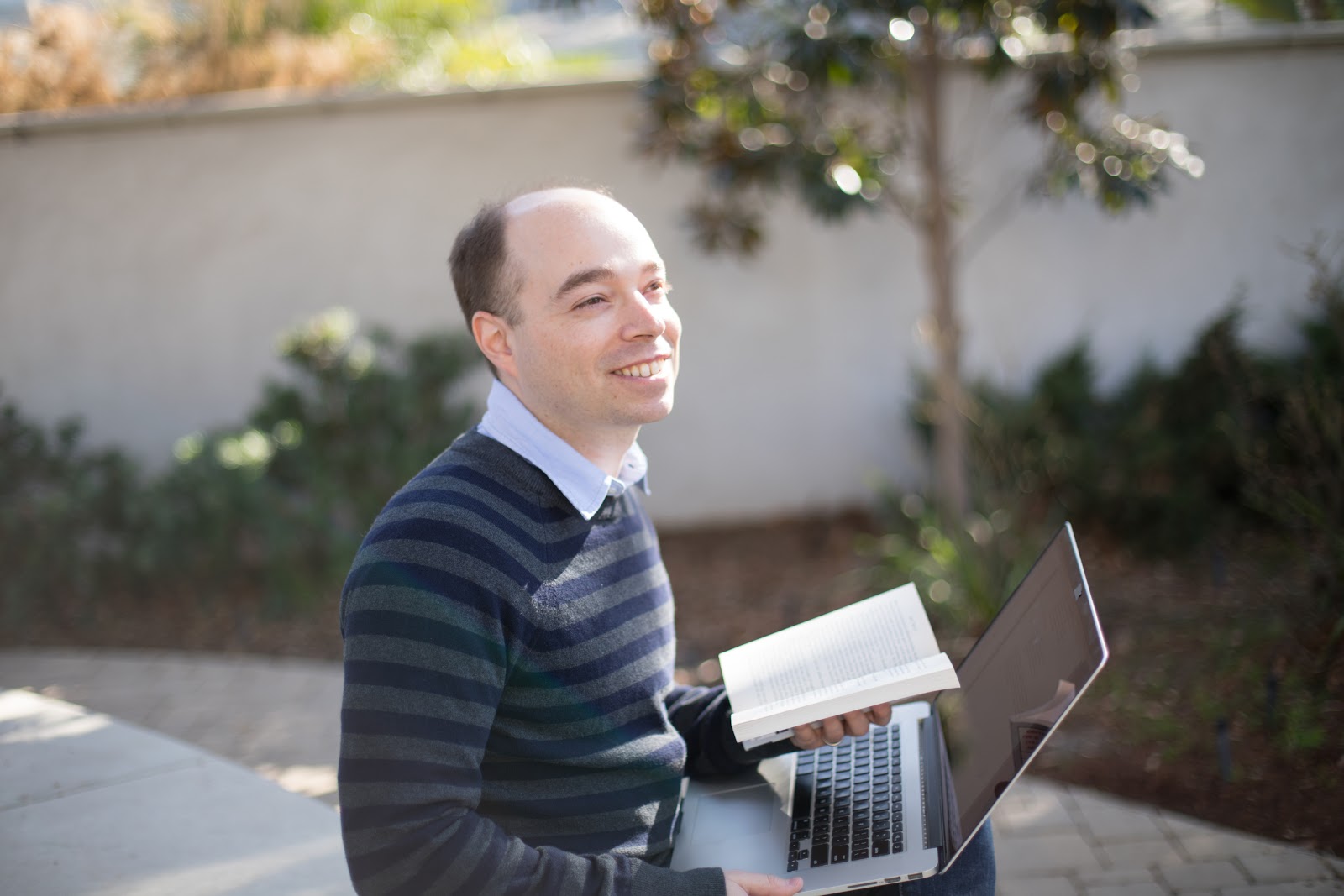
Becoming a Renaissance Editor
Evan is the paradigmatic example of the “Renaissance editor,” the guy who knows a little bit about everything. His broad knowledge has been enormously helpful to him in his career. So how can you apply the same lessons? In summary, you need to…
- Take the time to learn something new. And remember, the internet is your friend. Be proactive with the resources that are available.
- Take time to understand other departments. Ask for help and ask how you can be helpful to them.
- Learn the basics of coding so you can automate simple tasks.
- Address problems early.
- Pay it forward.
Really, all of these tips come down to a basic principle: if you can do your job excellently and find little ways to improve, you elevate the entire film and make yourself essential to the process. That’s how you create movie magic.
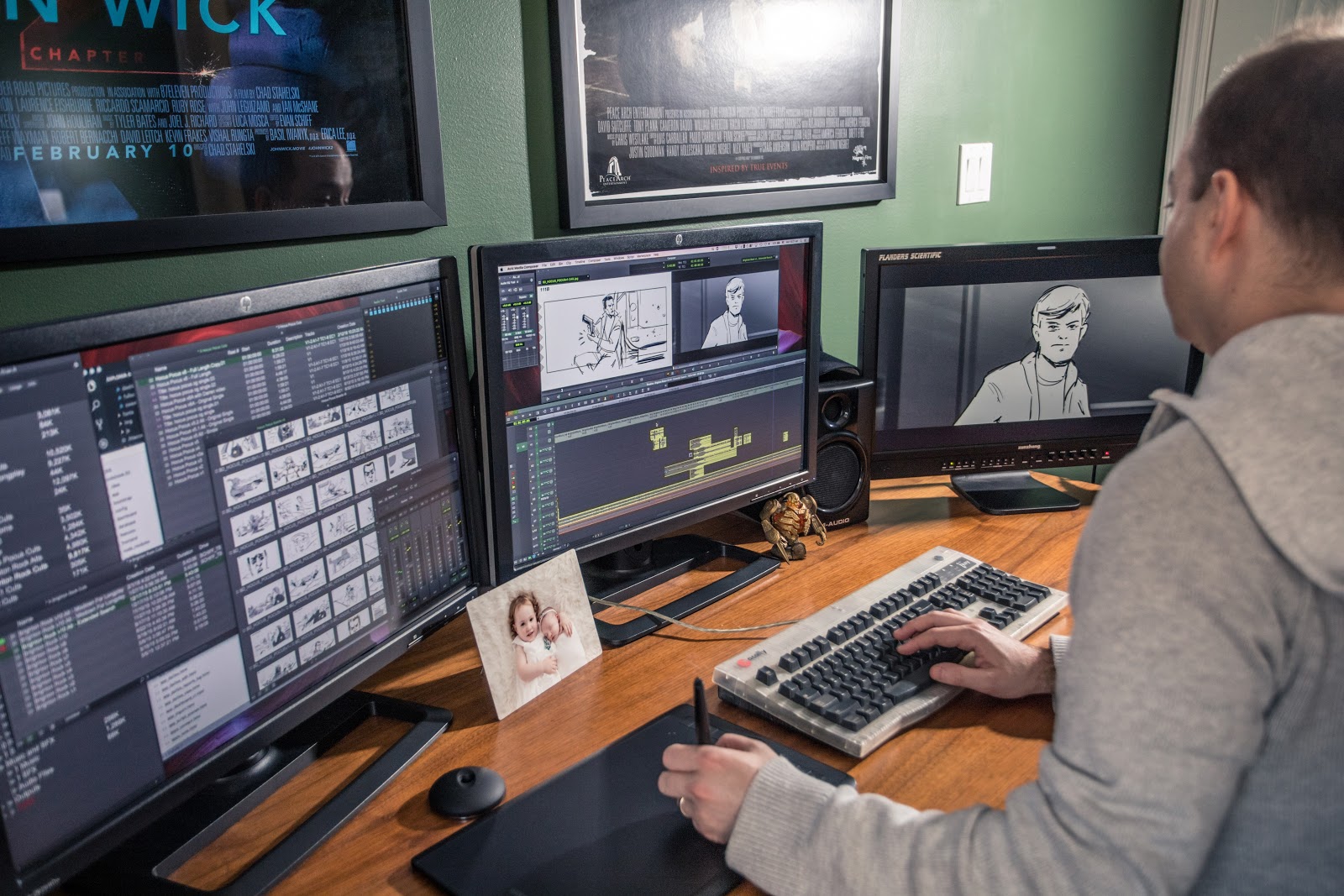
[Photography by Irina Logra.]



